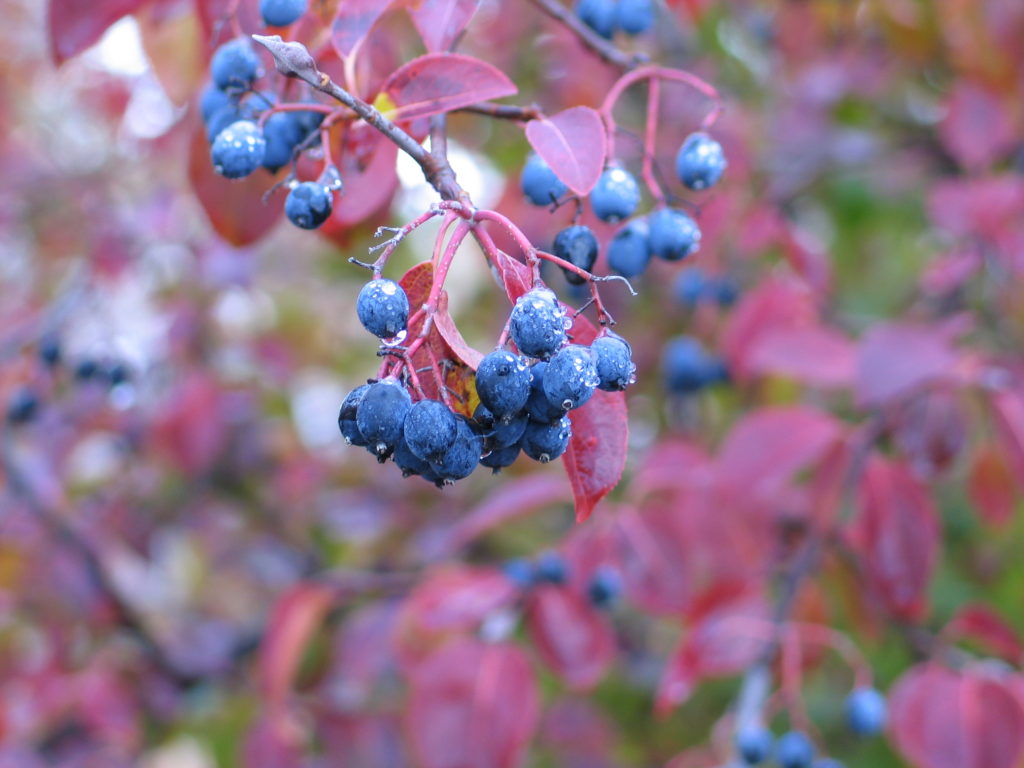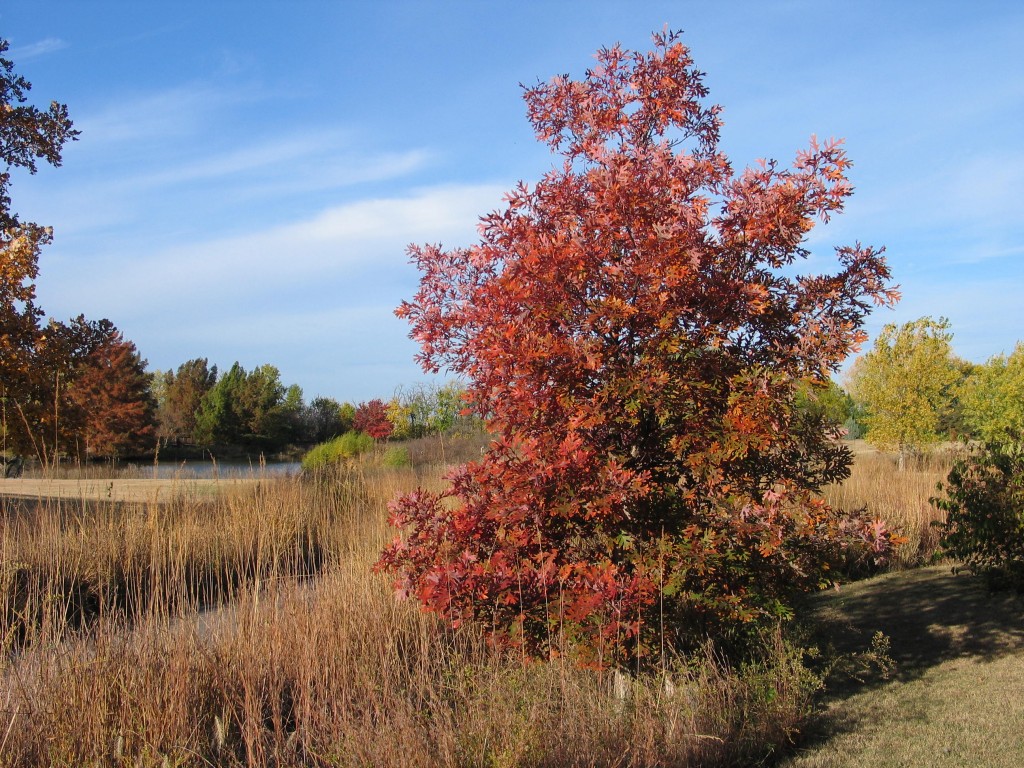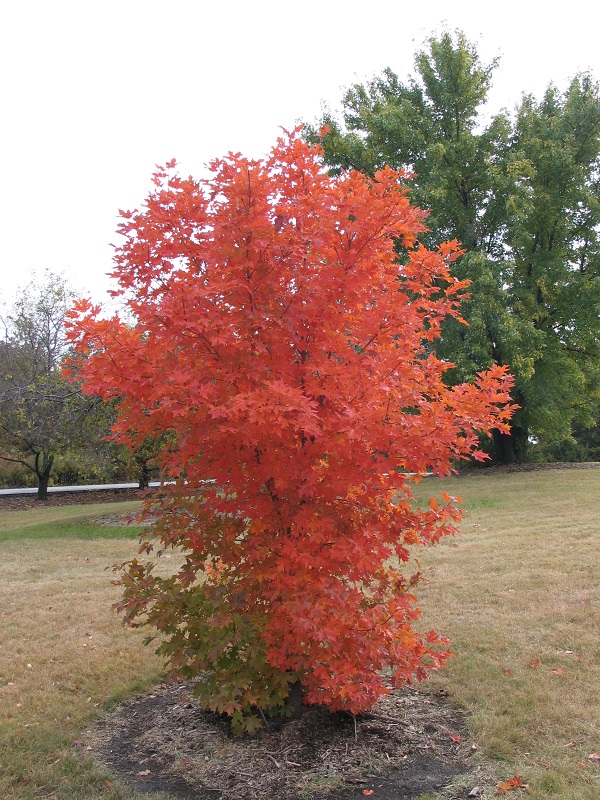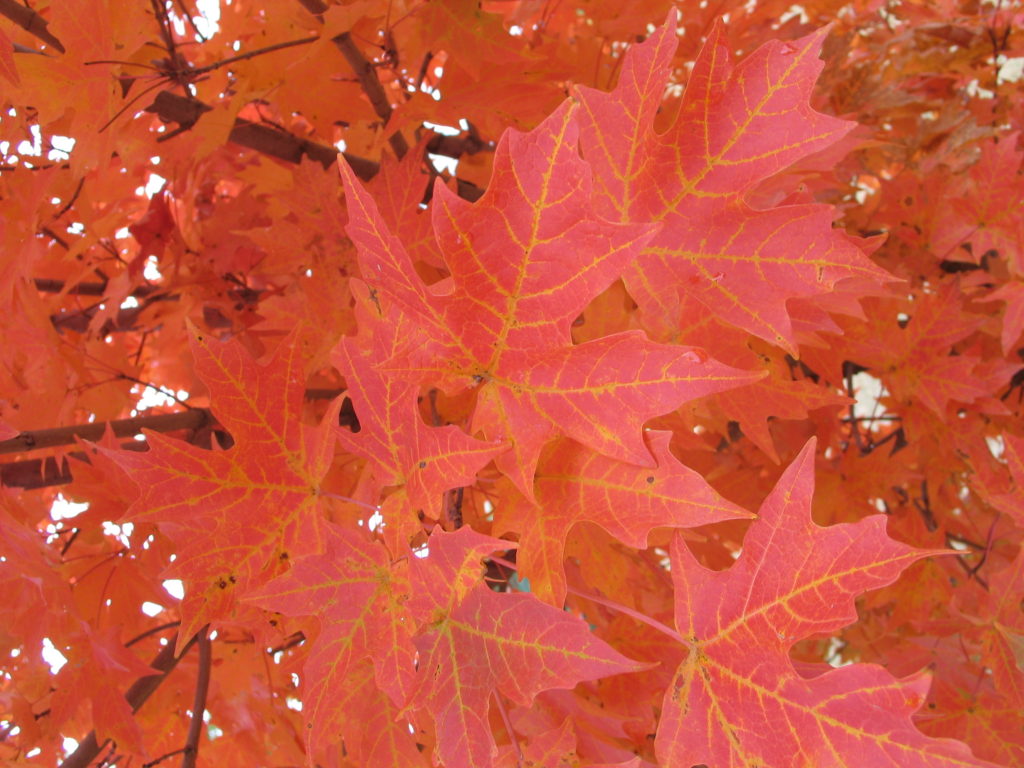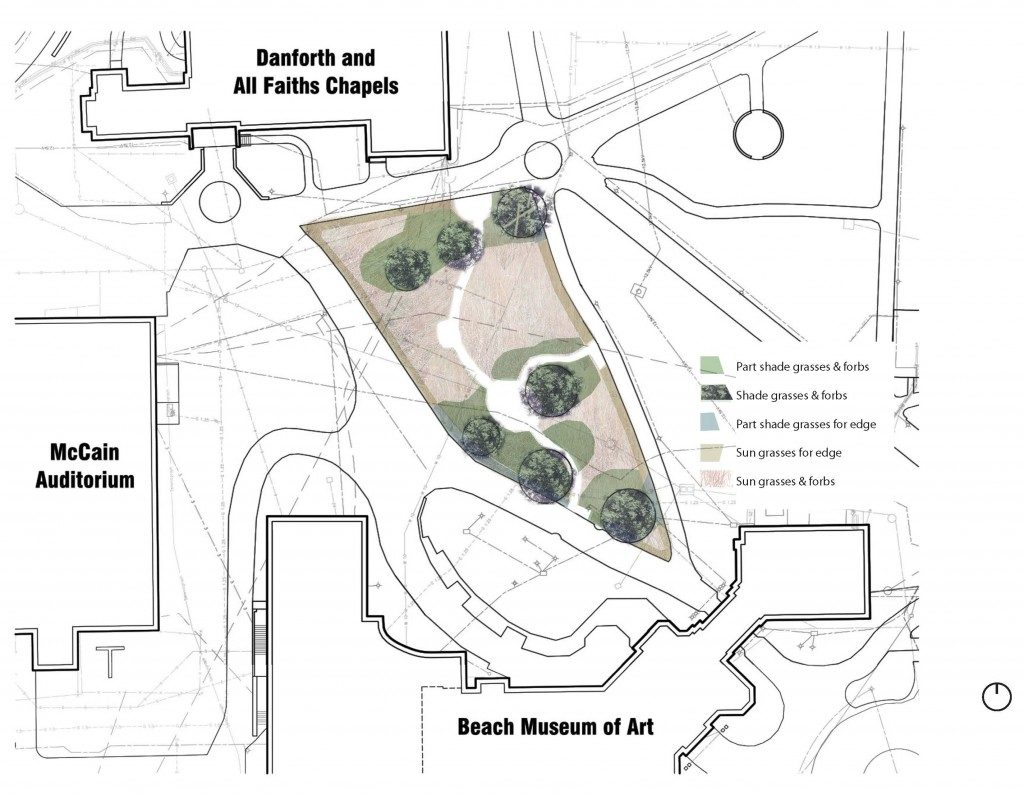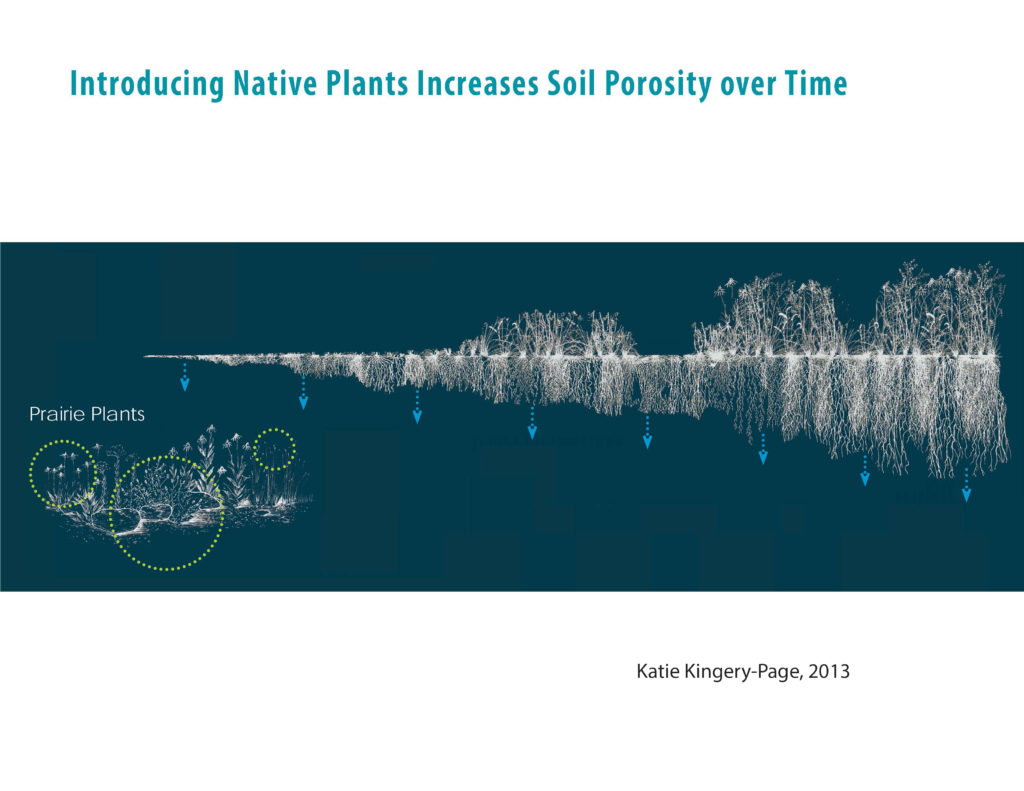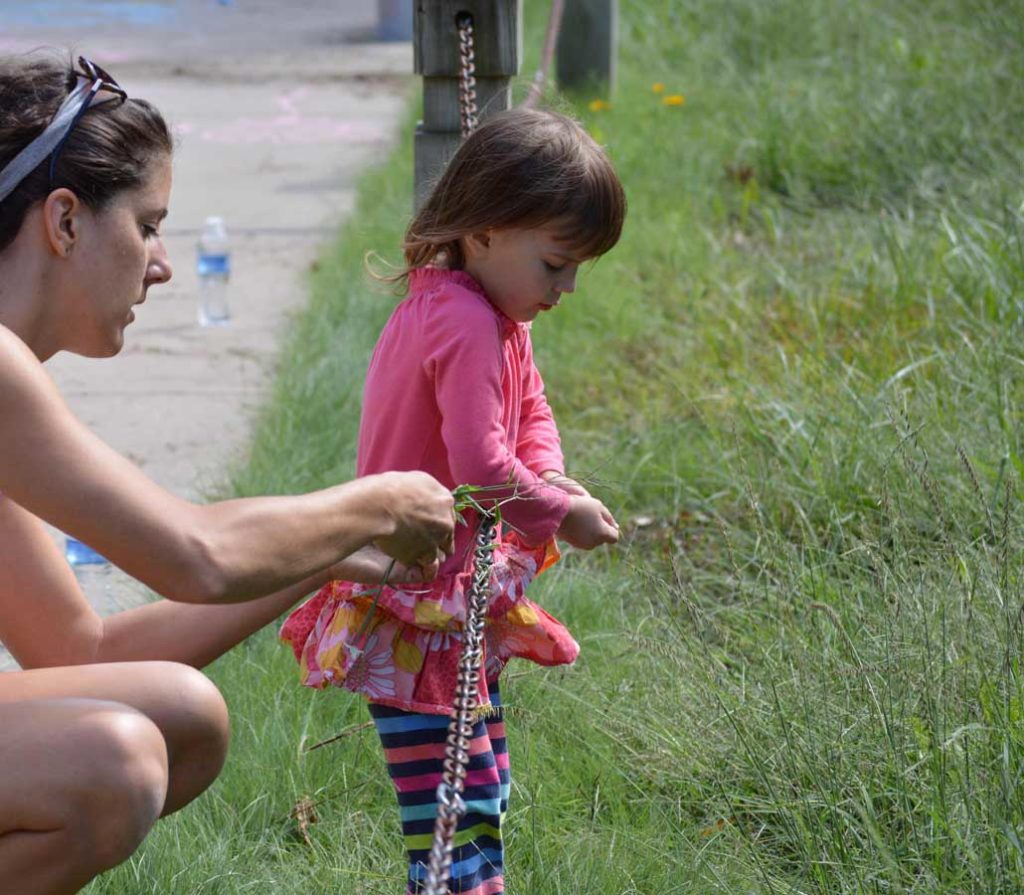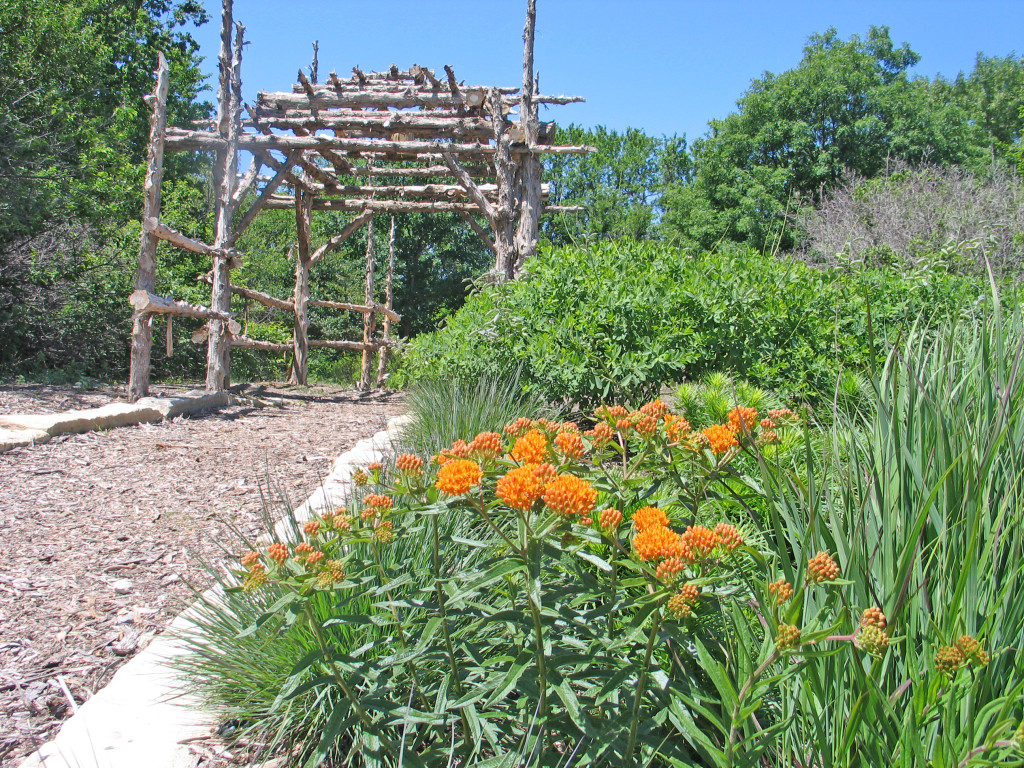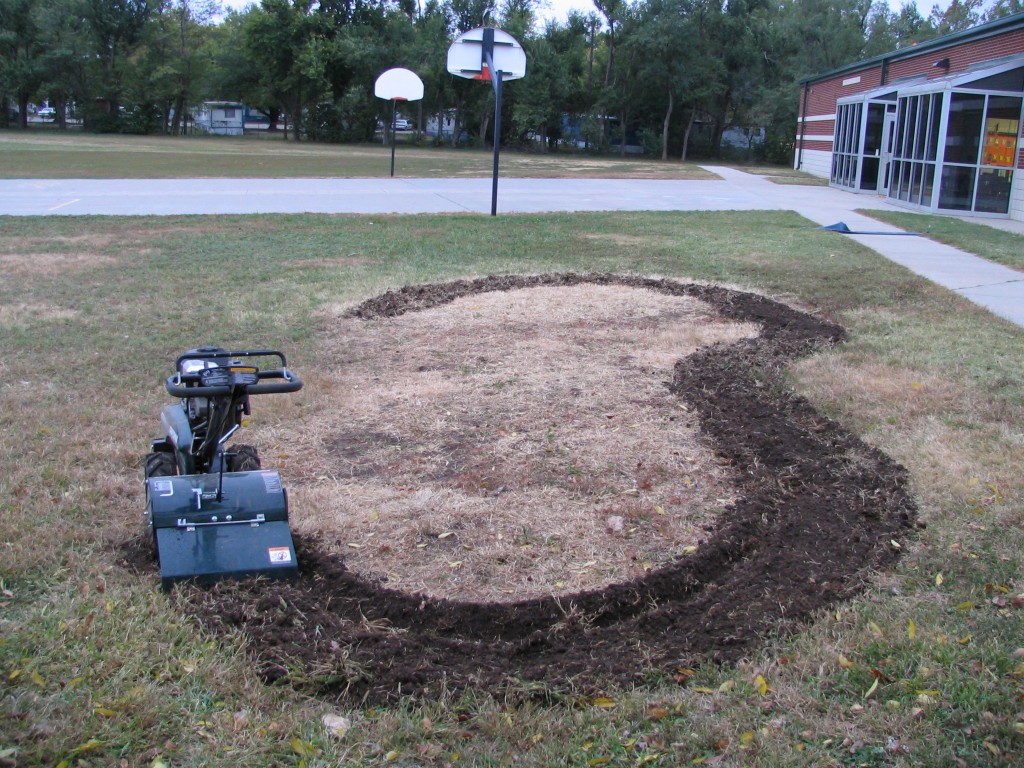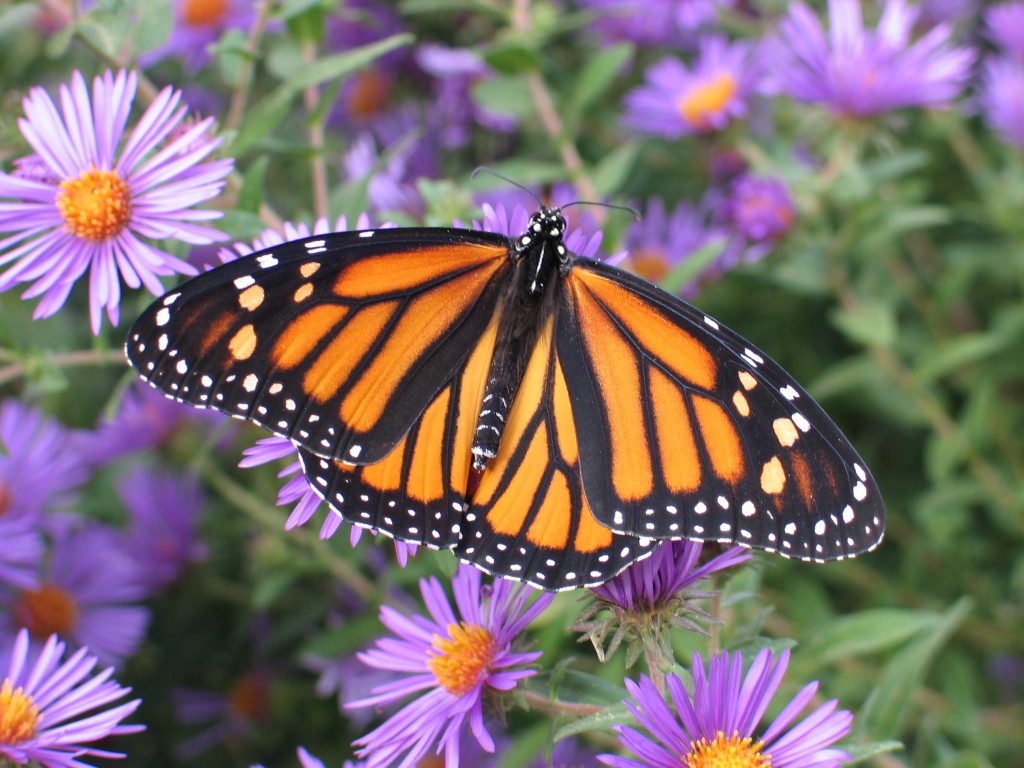Fall is an excellent time of year to go searching for butterflies. The late season flowers like goldenrod, asters, and maximilian sunflowers are all important nectar sources, and are usually swarming with pollinators. If you want to get the most out of your butterfly watching expedition, consider these helpful hints.

Grey hairstreaks (Strymon melinus) are my favorite butterfly, even though they are very small and not overly showy. I caught a picture of this one as it fed on wild quinine flowers.
Look on the Sunny Side
Butterflies are most active on sunny, warm days, because they cannot regulate their own body temperature. This is why you don’t see them fluttering around in deep shade – their flight is dependent upon body temperature, which is dependent upon the sun. Daytime temperatures between 80-100 degrees fahrenheit are optimum. Anything colder and they will start to slow down or quit flying all together. To warm themselves back up to flying form, they ‘bask’ by spreading their wings and sitting very still on a rock or sidewalk to soak up heat from the sun. For a successful butterfly hunting mission, be sure to choose a warm day and look in areas of full sun.

Bordered patches are commonly found throughout the southwest US and Northern Mexico, but I have spotted quite a few in Kansas through early fall.
Keep an Eye on the Weather
Cold fronts and warm fronts can have a big impact on the kind of butterflies you will see. Earlier this week, a strong south wind stalled several hundred monarchs from continuing their journey to Mexico. Choosing not to waste precious energy and fight the wind, they hunkered down in protected areas of the Arboretum and waited it out. When monarchs gather together in groups and rest on tree branches, they are ‘roosting’. They do this at night as well, or to avoid flying in a storm. Additionally, strong winds can blow in butterflies that aren’t usually in our range or cause otherwise active butterflies to be still, giving you a good opportunity to view them in detail.
This video was taken last fall in our butterfly garden. Asters are a great pollinator attractant, as you can see by the monarchs, queens, painted ladies and bees all enjoying their lunch.
Get a Better View
A pair of good binoculars can greatly enhance your butterfly watching experience and allows you to see details that the naked eye might miss. Short range binoculars, meant for backyard birding perhaps, give you a much more detailed view of nearby butterflies without getting too close and startling them. This can be especially useful when you are butterfly watching with children. Often excitable and loud on these kinds of outings, children can be taught how to use binoculars to keep them at a distance and prevent them from scaring away all your winged friends!

This viceroy butterfly is a monarch look-a-like, but is smaller and has a horizontal line on its hindwings that help us tell them apart.
Dyck Arboretum is a great place to come for a butterfly watching experience, and we often have many species feeding at once in our butterfly garden area. But it’s easy to attract these beauties to your own home by planting native and adaptable plants that provide food and shelter. We still have a few plants for sale in and around our greenhouse. I’d would love to help you create a butterfly oasis of your own! Call the office today and ask about our remaining inventory and special sale items – coneflowers, a butterfly favorite, are 25% off through October 5th.

